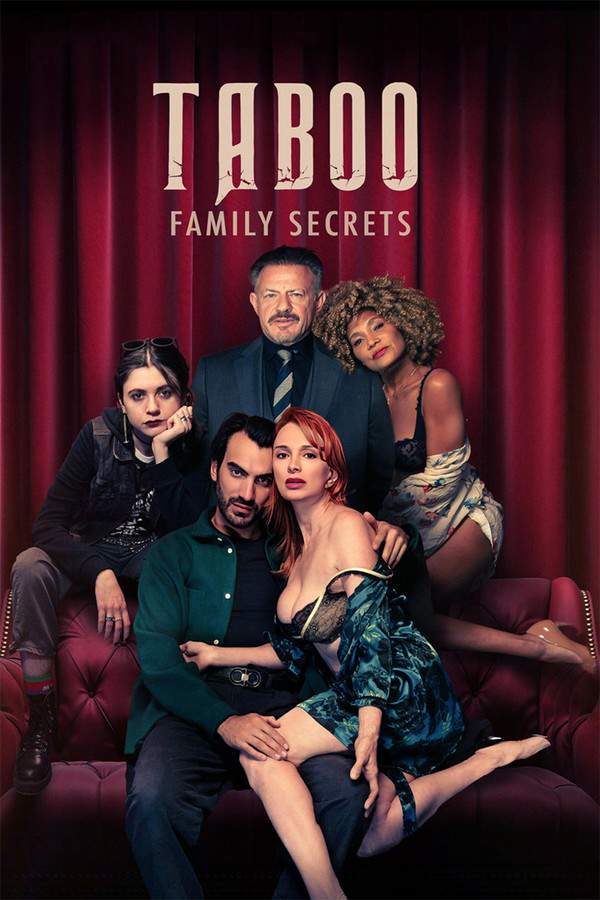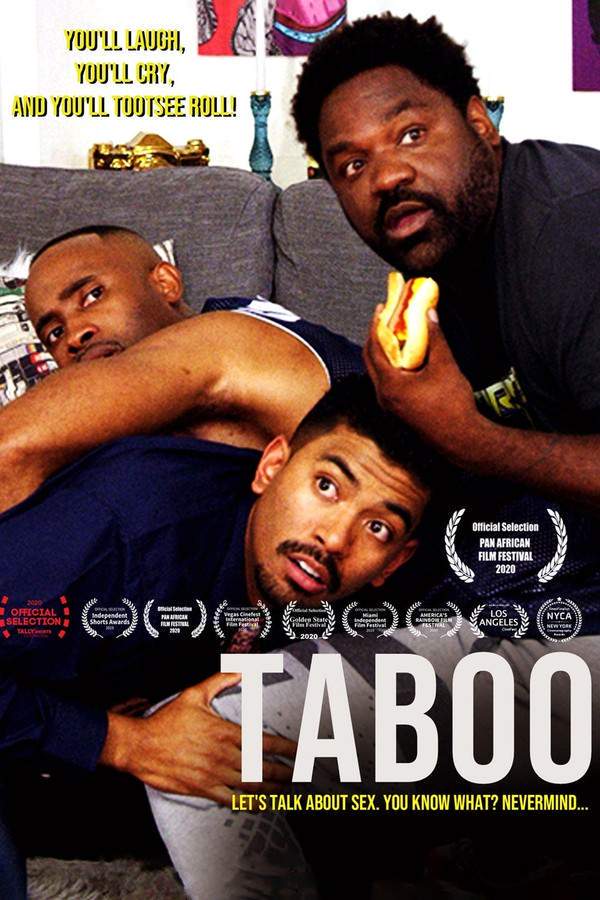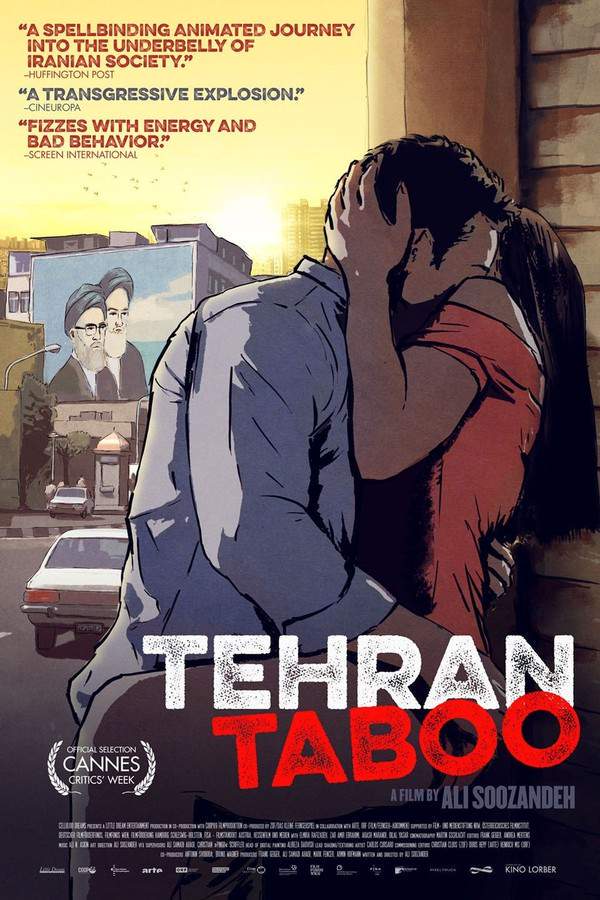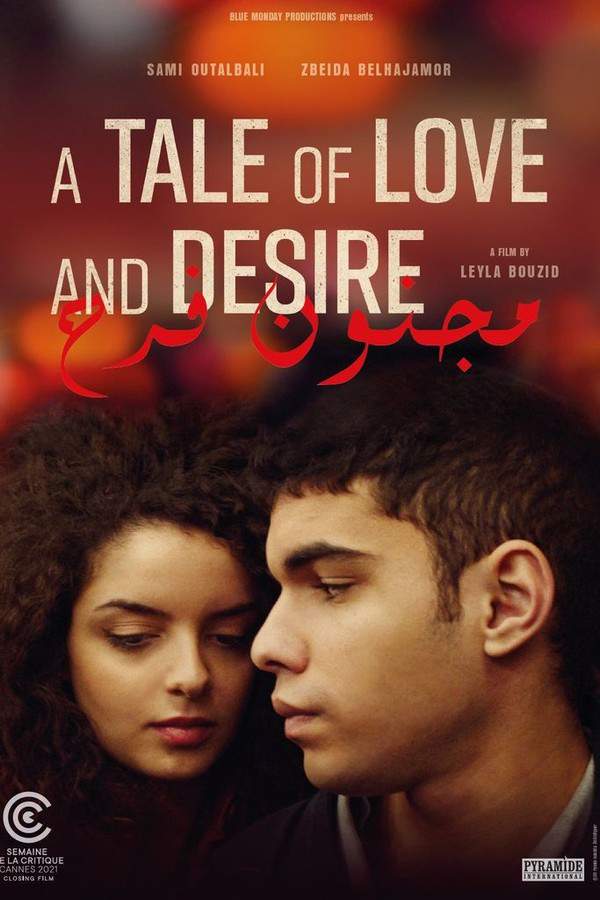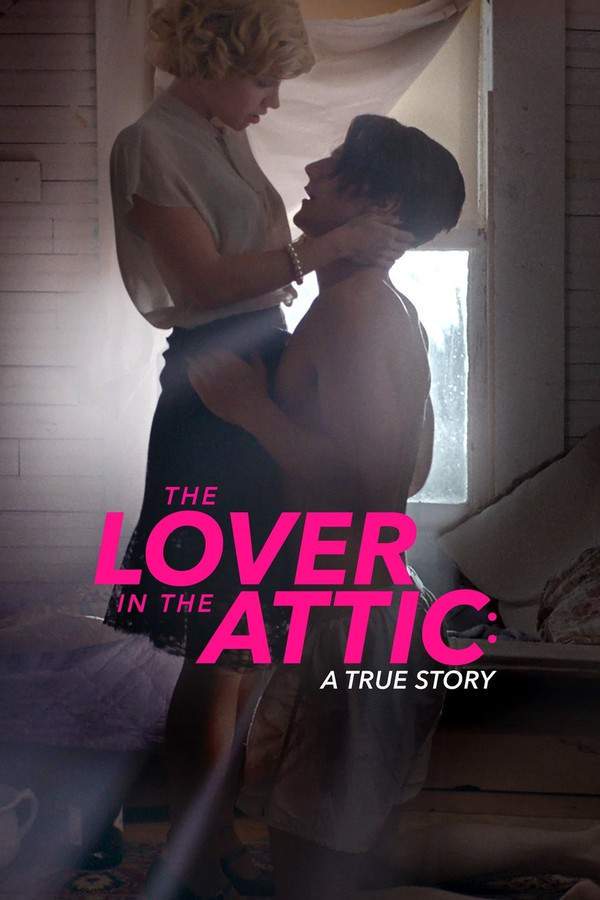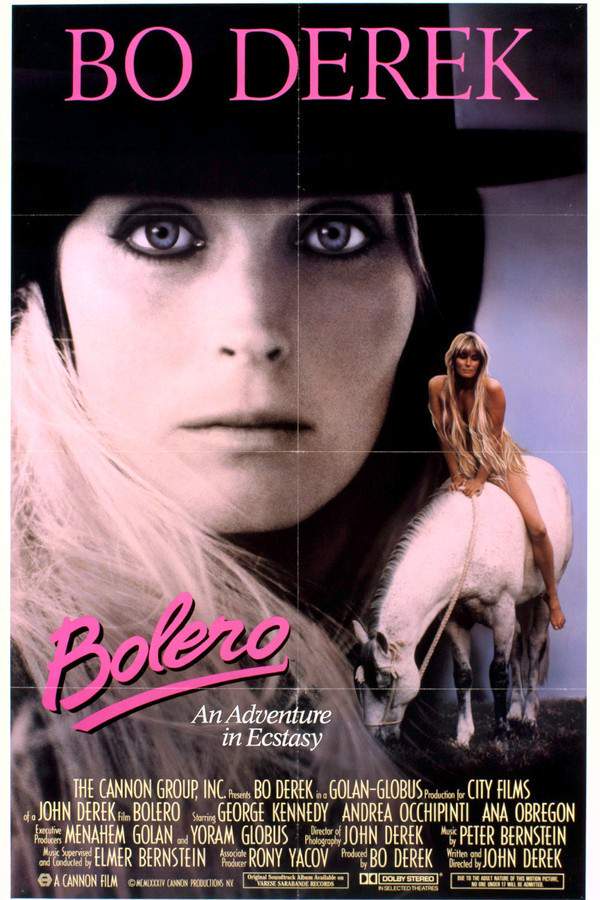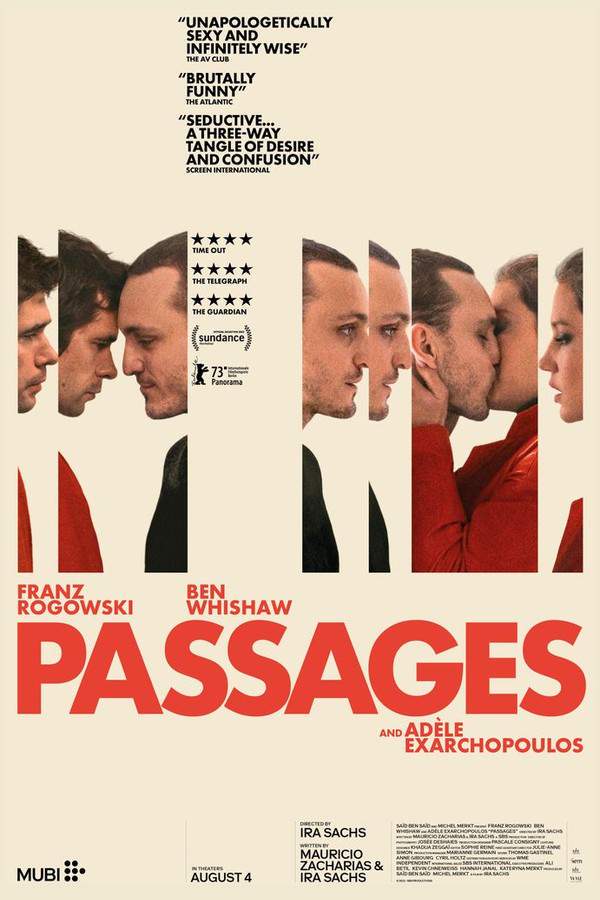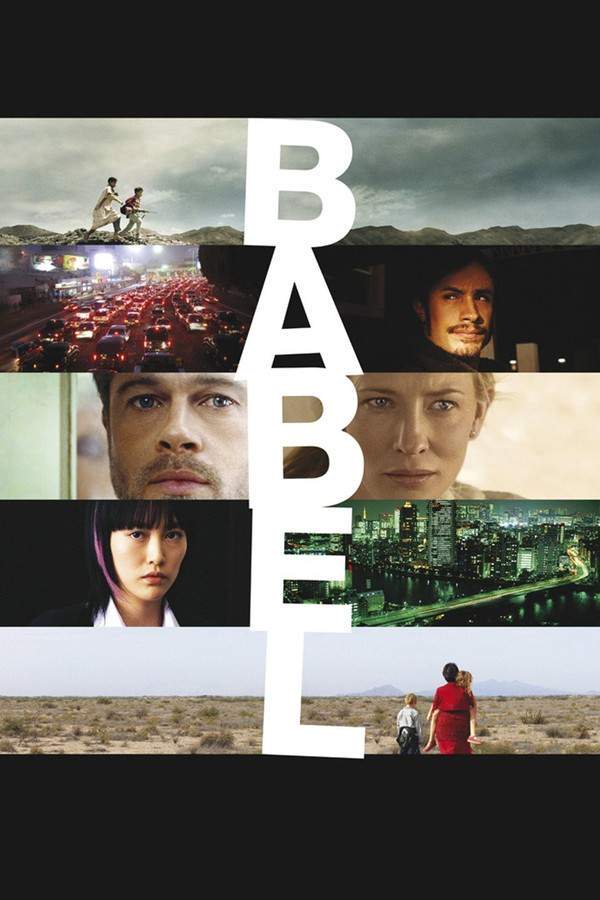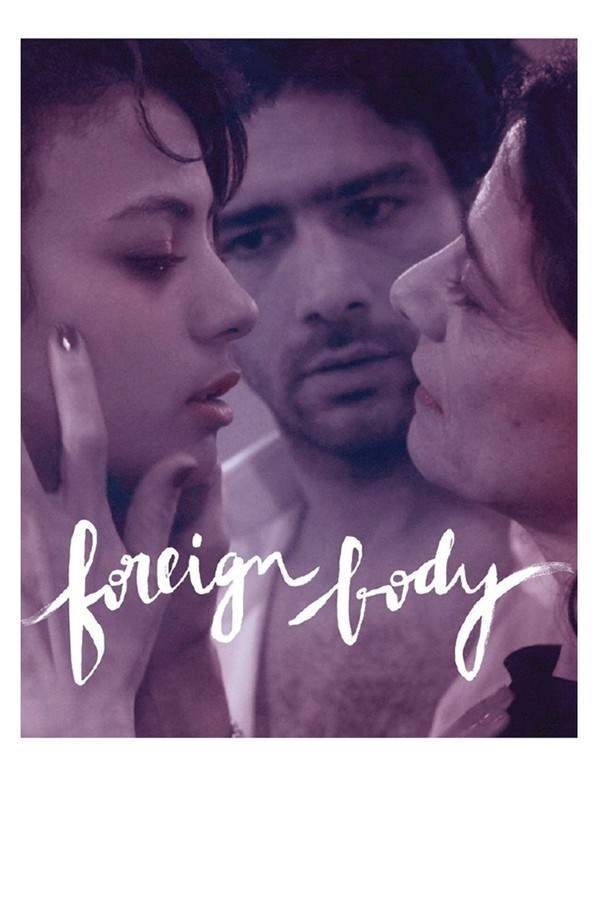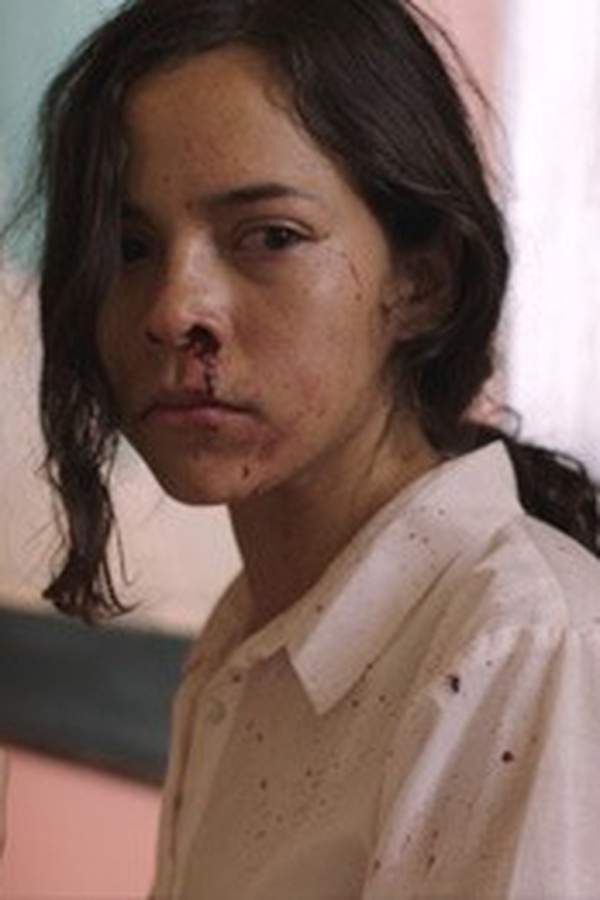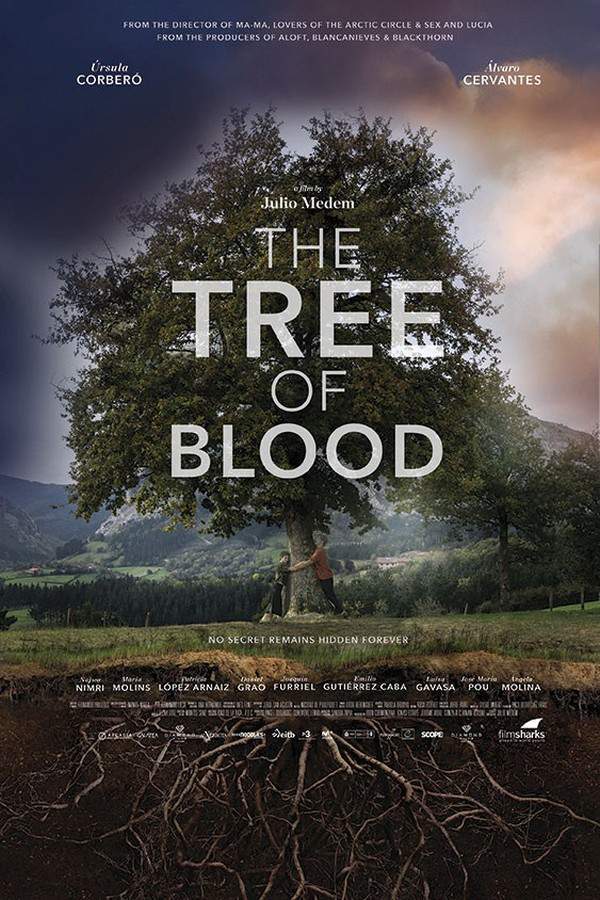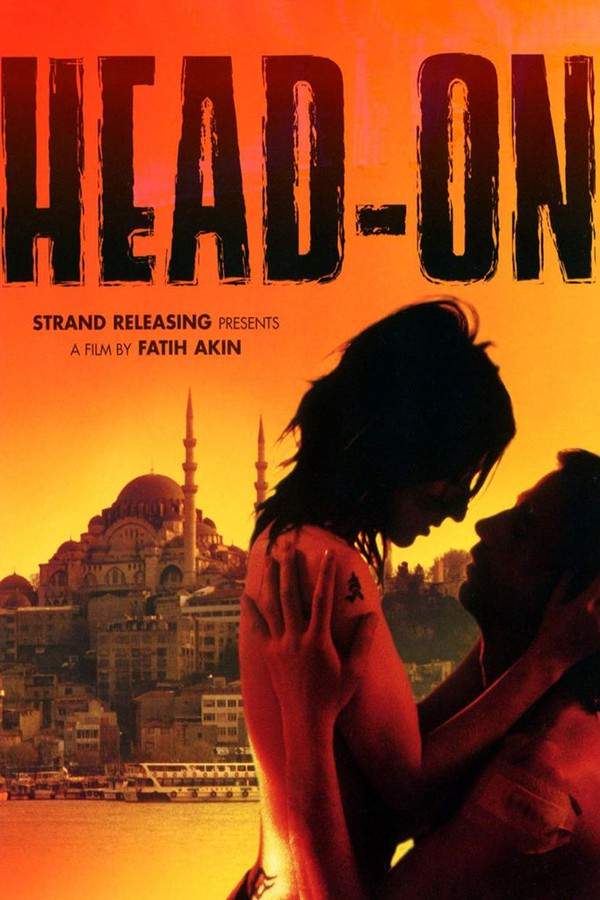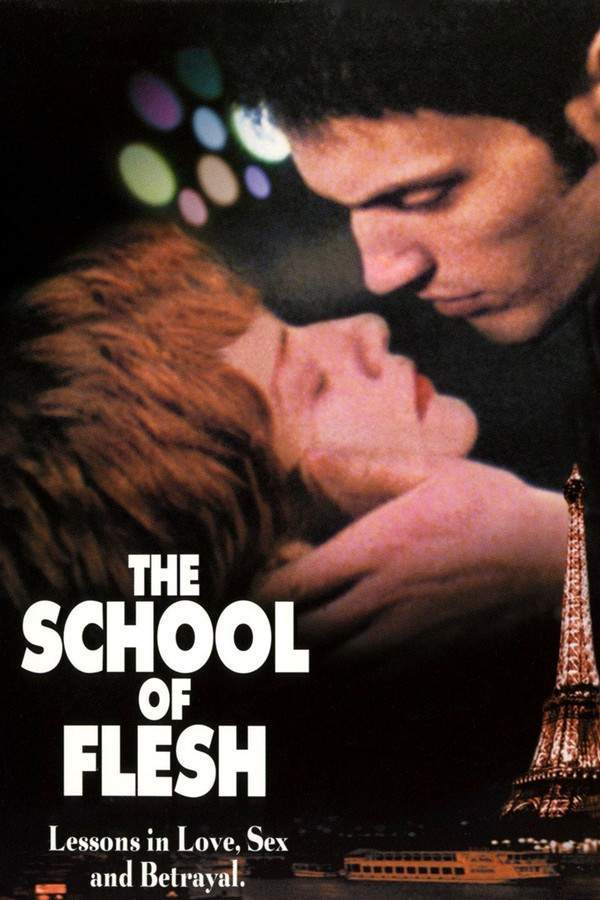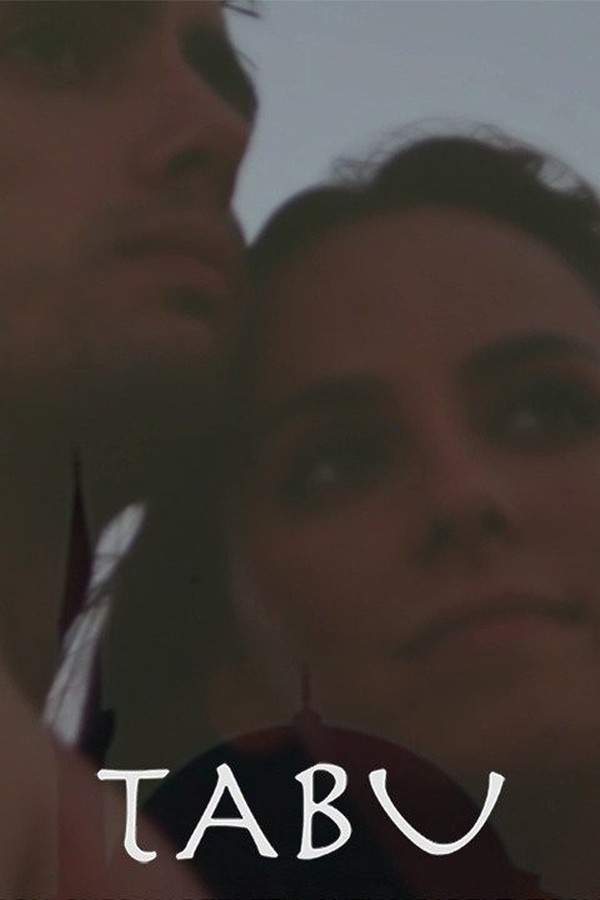
Tabu
Year: 2012
Runtime: 118 min
Language: English
Director: Miguel Gomes
Amidst growing cultural tensions, David and Leyla, an Armenian man and a Turkish woman, find their love forbidden by societal divides. Their passionate relationship unfolds against a backdrop of conflict, forcing them to confront difficult choices and make profound sacrifices as they navigate a world determined to keep them apart.
Warning: spoilers below!
Haven’t seen Tabu yet? This summary contains major spoilers. Bookmark the page, watch the movie, and come back for the full breakdown. If you're ready, scroll on and relive the story!
Tabu (2012) – Full Plot Summary & Ending Explained
Read the complete plot breakdown of Tabu (2012), including all key story events, major twists, and the ending explained in detail. Discover what really happened—and what it all means.
The film frames its slow, poetic meditation with a voiceover by Miguel Gomes, who reads a legend-like text that blends myth with memory. In this legend, the Creator orders things to unfold, yet the human heart often drags events into territories no design could fully anticipate: a solitary explorer in Africa, long ago, leaps into a river after the death of his beloved, only to be devoured by a crocodile. Over time, people say they have glimpsed a sad crocodile and a woman dressed in old-fashioned clothes on the riverbank, and there is a sense that the two share a strange, unspoken bond. The voiceover invites us to listen for the echoes of a fate that seems both inevitable and intimate, as if a legend itself were watching over a very human drama.
Back in Lisbon, the camera settles on an old building where three disparate women inhabit its aging rooms. Aurora, an octogenarian living on a slender pension, is eccentric, talkative, and steeped in superstition. Santa, her housemaid from Cape Verde, moves with quiet presence and an unusual talent for divination and the subtle art of voodoo, though she is semi-literate. Their neighbor and friend, Pilar, is middle-aged, Catholic, and fiercely active in social causes, always ready to intervene in others’ lives to shape a better world. The three women form a fragile, interwoven circle where concern, superstition, and care jostle against loneliness and the sense that time is thinning the edges of their days.
Pilar has another friend—the romantic, somewhat skeptical painter who brings color and tension to these lives by insisting on offering her art as a token of affection. But Pilar’s own attention keeps returning to Aurora, to the older woman’s solitary routines, to the long, almost ritualized visits she makes to the casino, and to the quiet rifts that seem to widen whenever Santa’s quiet presence is felt. Aurora, meanwhile, feels an ache that goes beyond the ordinary ache of aging: she senses that someone is missing her, a figure her friends have never heard about, a person named Gian-Luca Ventura. This absence is not merely emotional; it is almost metaphysical, a missing thread that slowly knots the fabric of her days. She asks Pilar to find this man, and Pilar succeeds, though the news that Aurora has died soon after reaches them like a somber wind.
The search for Gian-Luca brings us into another narrative layer, one voiced by the man himself. Gian-Luca is an old man who once lived in Mozambique, a country then still marked by colonial conflict and upheaval. He becomes the conduit for Aurora’s past, and his voiceover carries us to the telling of her life in Africa during the 1960s. Aurora and her husband run a tea farm on the slopes of Mount Tabu, a place where the land is steeped in memory and danger. She is portrayed as a capable hunter, never missing a shot, a woman of grit who has carved out a space for herself in a world that often favors strength over tenderness. The couple also keeps a small crocodile as a pet—a gift from her husband that becomes a symbol of both wildness and control.
The animal’s disappearance becomes the hinge of the story. The crocodile slips away, and the pregnant Aurora, guided by a fierce instinct, discovers it in a house belonging to Gian-Luca Ventura. What follows is a passionate, dangerous affair between Aurora and Gian-Luca, a convergence of longing and risk that intensifies as the pregnancy advances. Gian-Luca confides the affair to his friend Mario, a decision that sets in motion a chain of conflicts. Mario, seeing a threat to his own standing and perhaps to the moral order he believes in, demands that Gian-Luca end the relationship. When Gian-Luca refuses, a violent confrontation erupts, and Aurora, heavily pregnant, grabs a revolver and shoots Mario.
This act—so charged with guilt, fear, and the weight of possible discovery—has consequences that ripple forward in history as much as in family life. The killing is soon wrapped in the language of political necessity: it is presented as, or at least used as, a pretext to ignite the Portuguese Colonial War, a choice that places Aurora’s personal transgression within a grand, brutal machinery of empire and conflict. The murder is not at once solved or forgotten; instead, it becomes part of the story Aurora tries to carry, even as she gives birth to a daughter in the shadow of the violence around her.
Aurora writes a final letter to Gian-Luca—an act that encapsulates both longing and guilt—and then, two days later, Gian-Luca leaves Africa for good. He moves to India, and years pass before he learns of the death of Aurora’s husband. Eventually, Gian-Luca moves to Lisbon and finally makes his address known to Aurora, only to receive no reply. The distance becomes a choice of sorts: he decides not to pursue her further, explaining that he respected her wishes and burned her final letter, which spoke of her guilt for Mario’s murder and her plea for him to depart Africa.
In the Lisbon present, the thread of this history lingers in the air between the three women. Pilar’s concern for Aurora’s solitude expands into a broader meditation on memory, guilt, and the ways in which past lives insist on being seen. The elder Aurora’s legend—of a hunter, of a crocodile, of a love that could not be contained by either law or custom—hovers over the present like a quiet, unresolved weather system. The tale slows down to observe how a haunted past can seep into ordinary days, coloring them with a mixture of tenderness and danger.
Throughout, the film keeps a measured, almost ceremonial rhythm. The voiceover by Miguel Gomes threads the two timelines together with a patient, reflective cadence, inviting us to listen for the emotional truth behind each gesture—the look shared between Aurora and her husband when the crocodile first became a symbol, the dangerous heat of the Africa days that gave rise to a life-altering choice, and the quiet resilience of the Lisbon women who carry these memories forward without knowing exactly where they will lead. The result is a work that feels both intimate and expansive, a mosaic of private passions and public histories that asks us to consider how a single life can echo across continents and decades.
In the end, the story refuses to pretend that every wound can be neatly explained or absolved. It respects the complexity of love and guilt, the stubborn persistence of memory, and the way legends—whether whispered by an old woman on a riverbank or spoken aloud by a narrator—continue to shape the present, long after the events themselves have passed into history. The crocodile’s sorrowful legend remains a quiet companion to the human drama in Lisbon, a reminder that some attachments endure across time in ways we may never fully understand.
Last Updated: October 09, 2025 at 16:24
Unlock the Full Story of Tabu
Don't stop at just watching — explore Tabu in full detail. From the complete plot summary and scene-by-scene timeline to character breakdowns, thematic analysis, and a deep dive into the ending — every page helps you truly understand what Tabu is all about. Plus, discover what's next after the movie.
Tabu Timeline
Track the full timeline of Tabu with every major event arranged chronologically. Perfect for decoding non-linear storytelling, flashbacks, or parallel narratives with a clear scene-by-scene breakdown.

Characters, Settings & Themes in Tabu
Discover the characters, locations, and core themes that shape Tabu. Get insights into symbolic elements, setting significance, and deeper narrative meaning — ideal for thematic analysis and movie breakdowns.

Similar Movies to Tabu
Discover movies like Tabu that share similar genres, themes, and storytelling elements. Whether you’re drawn to the atmosphere, character arcs, or plot structure, these curated recommendations will help you explore more films you’ll love.
Explore More About Movie Tabu
Tabu (2012) Scene-by-Scene Movie Timeline
Tabu (2012) Movie Characters, Themes & Settings
Tabu (2012) Spoiler-Free Summary & Key Flow
Movies Like Tabu – Similar Titles You’ll Enjoy
Taboo: Family Secrets (2024) Movie Recap & Themes
Taboo (2000) Film Overview & Timeline
Tehran Taboo (2018) Ending Explained & Film Insights
A Tale of Love and Desire (2022) Complete Plot Breakdown
The Lover (1992) Plot Summary & Ending Explained
Bolero (1984) Full Summary & Key Details
Passages (2023) Ending Explained & Film Insights
Babel (2006) Film Overview & Timeline
Foreign Body (2018) Movie Recap & Themes
The Untamed (2017) Movie Recap & Themes
The Tree of Blood (2019) Full Movie Breakdown
Head-On (2005) Story Summary & Characters
Post Tenebras Lux (2013) Detailed Story Recap
The School of Flesh (1999) Full Movie Breakdown
Dot the I (2005) Film Overview & Timeline



